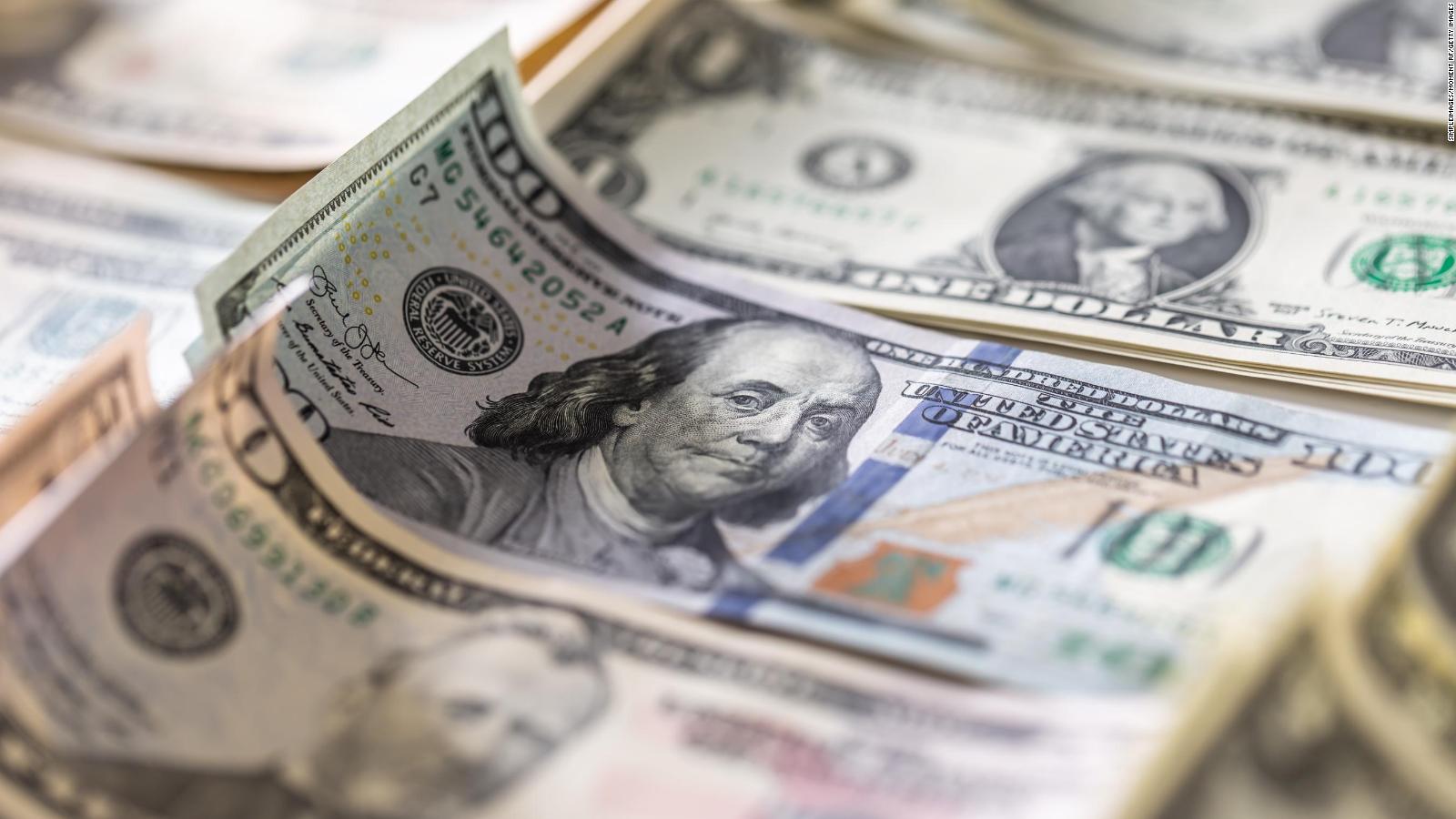The US debt ceiling explained 1:58
(CNN) -- The
United States has been in debt and arguing about its debt for its entire existence.
The only two years in the country's history when there was no debt occurred when then-President Andrew Jackson was blowing up the banking system and immediately preceded the Panic of 1837 and a Great Depression.
In recent decades, disagreements over raising the debt ceiling (the maximum amount of money the US Treasury is allowed to borrow to cover its expenses) have grown along with the size of the national debt.
The country is likely to hit its debt ceiling, which currently stands at $31.4 trillion, this Thursday.
Debt, gas stoves, Apple, Netflix and more in Flash Money
The actual situation
There's no denying that the size of the debt is staggering, and not just because $31 trillion is a staggering figure.
Economists like to evaluate debt as a percentage of gross domestic product, or GDP, the broadest measure of the US economy.
After expanded spending for the post-pandemic recovery, debt stands at around 120% of GDP, according to official data.
This is a historically high figure – higher than after World War II – but it is widely debated whether it is a problem.
advertising
These are the economic notes for the week of January 9 4:55
The so-called "extraordinary measures" -- the Treasury Department's equivalent of moving money around to meet interest payments -- will give Congress and President Joe Biden until about June to reach an agreement on how to raise the debt ceiling.
While there are hints of how this showdown will play out politically from other recent debt disputes, there are also reasons to believe that this time could be different: A larger section of GOP lawmakers seem willing to let the country default and it seems unlikely that Biden will enact the kind of spending cuts that would satisfy them.
Previous debt clashes
The main recent confrontations over debt and spending, in 1995 and 2011, occurred with Democratic presidents losing control of the House of Representatives to Republicans.
As it happens, we find ourselves in exactly that situation right now, albeit with a barely substantive Republican majority, rather than the strong one enjoyed by then-Speakers of the House Newt Gingrich (in 1995 and 1996) and John Boehner (in 2011 and 2012).
Credit cards.: More interest and debt: how to pay everything?
9:11
Those examples from the past offer a guide to what is likely to await us when current House Speaker Kevin McCarthy tries to force Biden to cut spending.
Clinton v. Gingrich, in 1995: $4.9 trillion
When the Republicans took control of the House of Representatives in 1995, using the debt ceiling as political leverage was a relatively new concept.
At that time, the debt was less than US$5 trillion and just under 65% of GDP.
At first, the debt ceiling was included in a law on public spending.
In the end, there was a government shutdown, but not a default on the national debt during a year-long saga, in which Republicans ended up backtracking on the use of the debt.
At one point, then-President Bill Clinton accused Gingrich of blackmailing him into spending and vetoed increases in the debt ceiling.
In the end they agreed to raise the debt ceiling after a separate spending law was enacted.
They also agreed to balance the federal budget with the help of cuts and a booming US economy before the tech bubble burst.
The new US proposal to forgive student debt 3:06
Tax cuts and post-9/11 wars, enacted by Clinton's successor, George W. Bush, ended the brief era of the balanced budget.
The fact that the balanced budget barely affected the national debt at that time is a topic for another story.
During the later debt clashes of the Obama years, Clinton suggested that the president should invoke the new power of the 14th Amendment and simply leave Congress out of the debt ceiling equation.
Boehner and Obama, 2011 to 2013: $16 trillion and growing
Boehner and then-President Barack Obama dueled over spending and the debt ceiling for years beginning in 2011, when debt was about $16 trillion, or about half what it is today.
Boehner and Obama agreed to sweeping spending cuts—the Budget Control Act of 2011—as an incentive to reach a broader agreement to rein in deficit spending, but failed to reach that broader agreement before Boehner was forced out of office. of the House of Representatives and Obama will leave the White House.
It was an unpopular solution, and it took lawmakers years to finally do away with the spending cap system.
Meanwhile, the country came so close to default in 2011 that Standard & Poor's downgraded the US credit rating, which remains AA+ instead of AAA, the top rating.
This signaled to the world that the US, long considered the safest place in the world to invest money, might default on its debt obligations (other major ratings agencies warned of the debt ceiling crisis but never lowered it). US credit rating).
The S&P move temporarily sent the stock market down.
US consumers increase their debt 1:06
Then-Senate Majority Leader Mitch McConnell got creative and suggested the president could raise the debt unless both houses of Congress vote to overturn his decision.
That method was used in 2013.
The era of the suspension of the debt ceiling
In 2013, lawmakers voted for the first time to suspend the debt ceiling rather than raise it.
These debt ceiling suspensions were repeated every few years along with various spending fights that led to a series of partial government shutdowns during the Obama and Donald Trump years.
When Biden took office, in 2021, the Republicans again insisted on raising the debt ceiling instead of suspending it.
Here's a good timeline of these events from the Bipartisan Policy Center.
This only happens with a Republican Congress and a Democratic President.
Democrats have shown no interest in using the debt ceiling to enact change, even under Republican presidents.
During the Ronald Reagan and George HW Bush years, they used the Gephardt rule, named for former congressman Richard Gephardt, to automatically tie the debt ceiling to spending bills.
Controversy: Republican says that Puerto Ricans do not benefit the US 2:25
In the most recent years in which they have controlled the House of Representatives (2007-2010 and 2019-2022), despite tax cuts and costly wars that also increased deficit spending, Democrats worked to raise the ceiling on debt when necessary under then Presidents George W. Bush and Trump.
And Republicans, when there is a Republican president like Trump, have not made debt as big of a deal, even though Trump is now encouraging his fellow Republicans to use debt to push Biden for spending cuts.
Outlook for 2023
If the 1995 and 2011 examples are any guide, eventually there will be some sort of agreement to some sort of spending cut.
And this drama will continue for months as the Treasury Department exhausts the extraordinary measures, which may last until June.
The annual government funding does not expire until the end of September.
These two issues – the debt ceiling and government financing – have often been addressed together.
In any case, 2023 is presented as a year focused on debt and spending.
Debt









